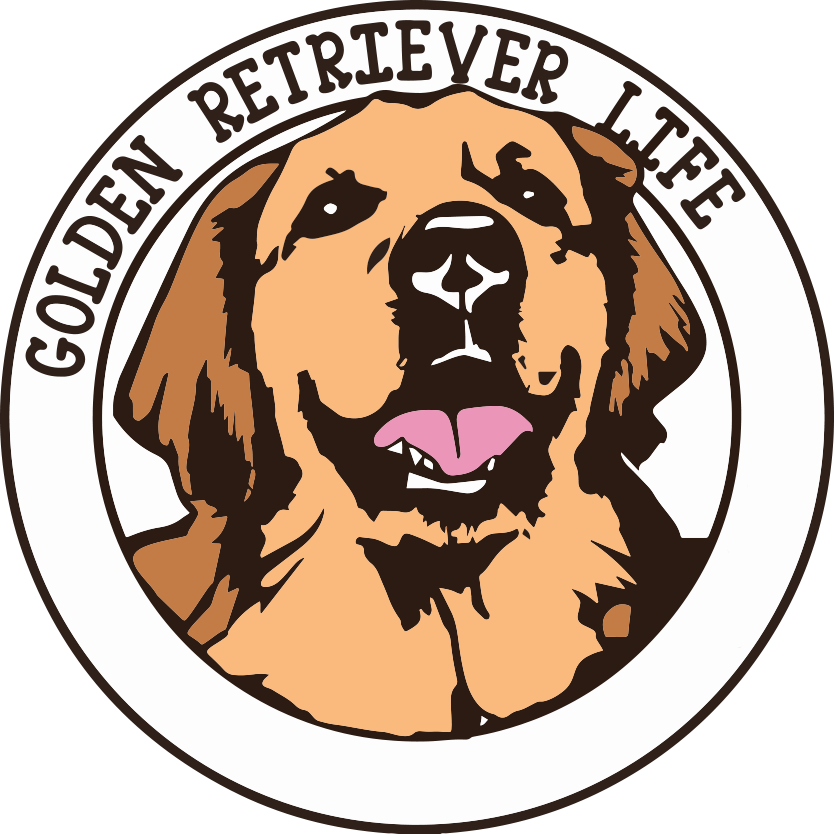Unleashing the Truth: Do Dogs Actually Smile?
The million-dollar question – do dogs actually smile?
Have you ever been talking to your dog, playing a game, or petting them in just the right spot, and there it is -- you could swear they’re smiling at you.
Like this ⤵️












There’s no denying it. Dogs can smile an awful lot like a human smile, just a little furrier, of course. But do dogs really smile?
Is that their way of telling you they’re happy? What does it really mean?
If you’ve found yourself asking those questions about your dog, you’re not alone! We’ve gotten quite a few questions about dog smiling lately, so today we’re going to give you the full scoop.
Now let’s start answering some questions about dog smiles.
Starting with the big one…
Do Dogs Smile?
The shorter answer here is that there is no short answer.
While dogs do contort their faces in a way that resembles smiling, it’s a little different than a human smile.
When engaged in exciting activities like playing an intense game, dogs will open their mouths and pull their cheeks back to pant more efficiently. This looks like a human smile and happens when they’re doing an activity they love, so it’s commonly mistaken for a doggy grin.
But, it’s a sign of a relaxed, content position, so interpreting it the same as a human smile isn’t totally off!
Dogs also smile in a way that’s a little more complex than you probably think. Dogs are great at observing and manipulating human behavior (which I’m sure you know if you’ve ever tried to have a snack near your dog).
Kim Brophey, a canine behavior consultant, explains dog smiles this way.
Dogs can sense that humans smile to convey a positive emotion, and they try to emulate that. Further, love, affection, and the treats dogs get when they smile further motivates them to repeat the behavior.
Whether your dog smiles on their own or as a reaction to your smile, there’s no denying it -- dogs do smile, and it’s absolutely adorable!
What Does a Dog Smiling Mean?
For the most part, a dog’s smile means one of two things:
▪️They are content and enjoying what they are doing
▪️They are watching and engaging with your behavior
But it’s important to know the difference between a “smile,” and some other facial expressions that may look similar but mean very different things. Remember, just because a dog is showing their teeth does not mean they are smiling.
If their ears are pinned back and they are sitting down or leaning away from you, that’s a scared grin.
If their ears are forward and their bodies are tense and leaning towards you, they are snarling and might be angry.
It’s important to look at all of your dog’s body language to make sure their smile is a positive one. If you notice any signs of your dog being uncomfortable, encourage everyone around you not to reinforce the behavior.
Then, assess the situation and the surroundings to correct what is making your dog scared or angry, so they can be back to their happy selves in no time! 😀
How to Make Your Dog Smile
If you love your dog’s smile and want to see them smile more, you’re in luck! There are things you can do to train your dog to smile.
1️⃣ The first is to smile around them a lot and show them that it means you’re happy. You can do this by showing them affection, using a happy tone of voice, and engaging in activities your dog loves while you smile.
Once they are able to interpret your behavior and reciprocate it, be sure to reward your dog -- give them lots of affection, act excited, and have some training treats on hand for the occasion.
2️⃣ You can also work smiling into your training routine. You just have to be a little more patient teaching this behavior as opposed to others since it’s not something your dog typically does on their own.
How to Teach Your Dog to Smile
Here are the basic steps:
Use what’s called a “whisker tickle.” Gently tickle your dog’s whiskers or stroke their cheeks to prompt them to pull their lips into a smile. Once they do, mark (such as “yes”) and reward with a training treat.
Repeat that 5-10 times.
Once your dog is getting used to it, add a verbal cue to the mix. Continue doing the whisker tickle, but add a verbal cue like “smile” or “say cheese” right before doing so. Keep rewarding with that training treat!
Eventually, you will be able to phase out the whisker tickle and your dog will begin to respond to the verbal cue. Be patient and keep on rewarding!
@elliegoldenlife Reply to @jamester0211 Lmk if this helps #goldenretrieverlife #dogtraining ♬ original sound - Golden Retriever Life
Join us is showing off those pearly whites to the world! 😁
You may also be interested in…
About the Authors
Pupford is a Utah-based company driven to help you raise a happy, healthy and well-behaved dog. Their dream is to give every pup parent out there access to the best training resources and nutrition products available. Article originally featured on the Pupford website, check it out here!
Kevin Bubolz is the founder of Golden Retriever Life, an online community with a mission to spread smiles. You can check out his TikTok, Instagram, YouTube, Facebook, and Pinterest to see first-hand the special bond he shares with Ellie and Emma.







